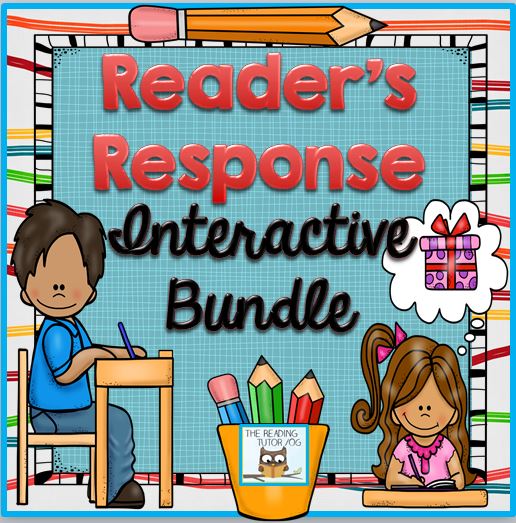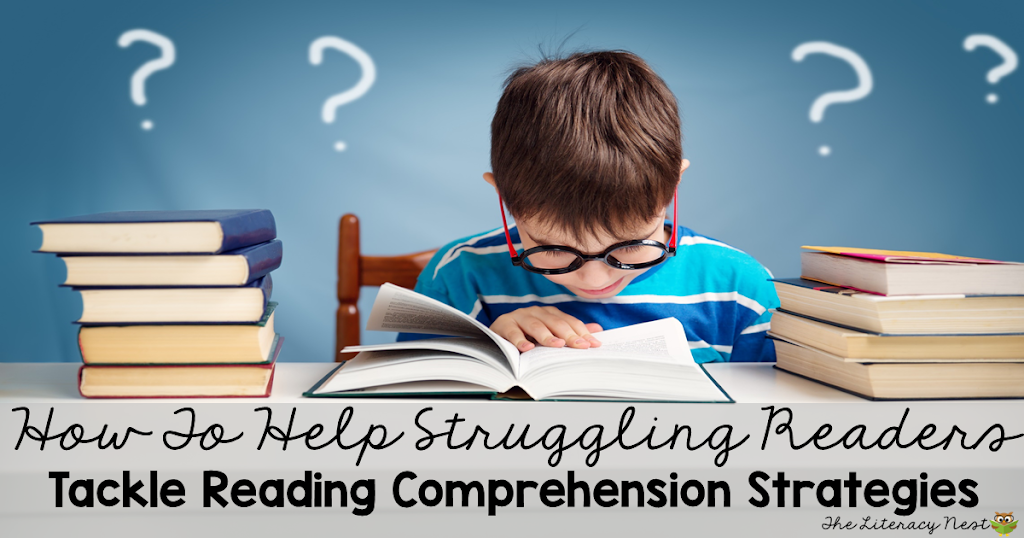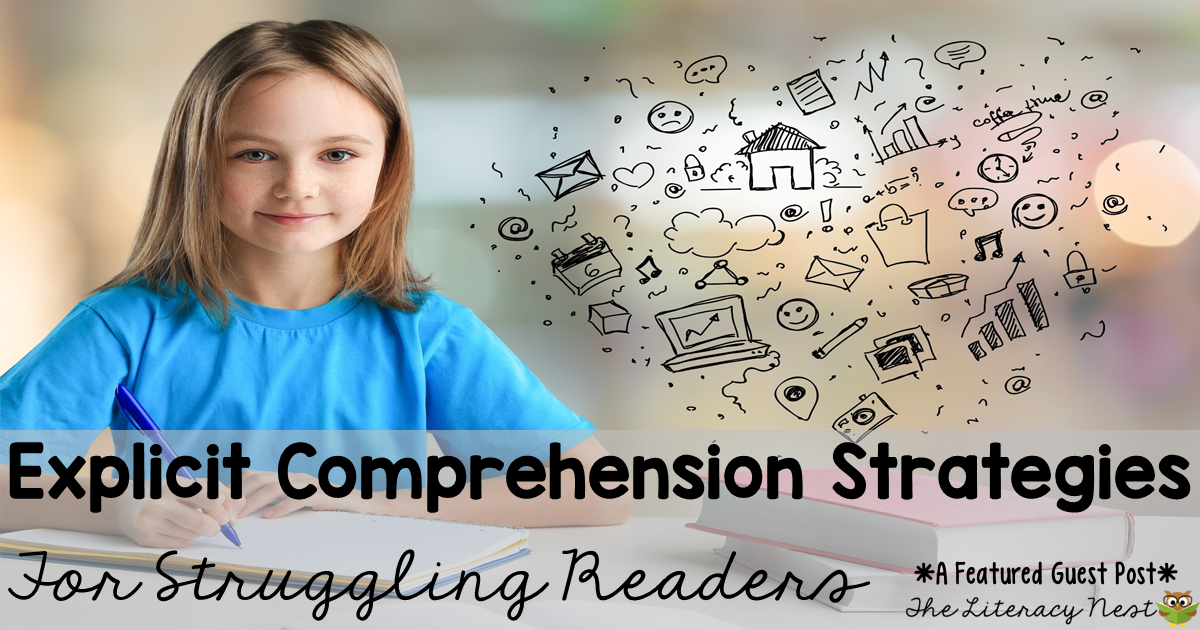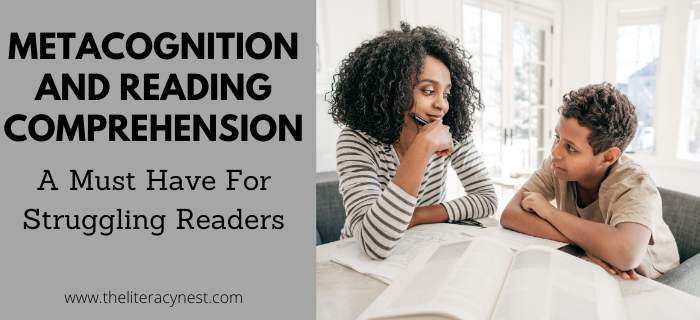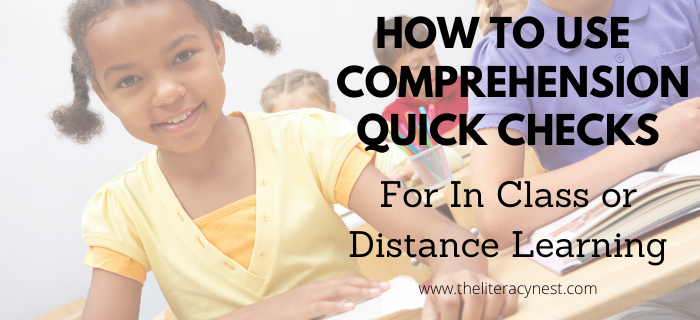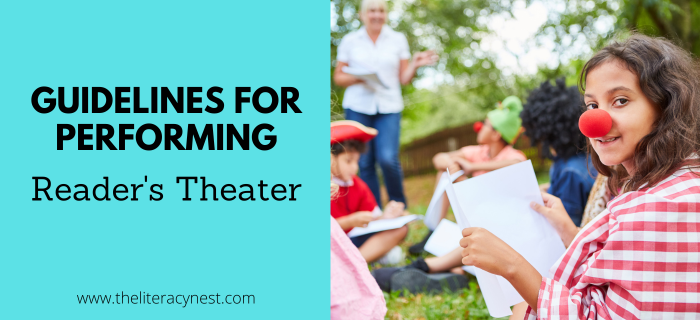Support With Reader’s Response
Greetings all! If you’re new to my blog, here’s some background about me. I blog about a number of things, but mainly best practices in literacy. I love having the opportunity to share what I’ve done successfully with my students for many years with a larger audience. After teaching 13+ years, I’m home in my role as a SAHM (and loving it!), but I also work with a variety of children, mainly elementary 1:1 with reading, writing (sometimes Math too) and Orton Gillingham instruction. My OG certification training was extensive. It was a year long course with a 100 hour supervised practicum. It was rigorous and challenging, but well worth every minute! My Master’s degree was in Curriculum, Instruction with a Specialization in Literacy.
My years of teaching (mostly in inclusive classrooms,) along with my training in OG have equipped me to help my students in a unique way, particularly my struggling readers and writers. I love watching the spark lit in a child when they finally see themselves making progress. Today I want to share with you a teaching tool I’ve used with my students that assists with crafting thoughtful reader’s response. Many of you may have used reader’s response journals over the years for students to reflect on what they’ve read during independent reading. It provides a nice window into a child’s thinking and can be a valuable authentic assessment tool. My students were required to submit a letter to me once a week about a book they were reading.
During my early years of teaching I realized I was not providing enough modeling or practice to see any growth in their responses. Furthermore, the students that struggled with writing REALLY struggled with reader’s response. They would dread the whole process and need an adult to sit by them to complete it. Changes had to be made. I’m one of those teachers that even though I may teach the same lesson every year, I’m NEVER satisfied. I need to make changes (even little ones) every year in hopes of making it better. So here’s what I came up with: the reader’s response scaffold!
So here’s the mantra I followed with my class:
That good ole gradual release of responsibility is critical if you want new learning ownership. And really, think about what a scaffold is in real life on a construction site…SUPPORT! Without it, what happens? Things come crashing down…at first. As you build more, less scaffolding is needed until none at all. When I began for the first time I modeled it, CAREFULLY, with a book we all knew and read. This went on for a few days, sometimes longer. Then, we did one together. I think this step is even more important than they first, because they are no longer just watching you. They have to do it too! Plus, you need to watch for any misconceptions or misunderstandings. Clear those confusions up swiftly and allow kids the time to ask questions.
Finally, the big shift-THEY DO IT. It’s kind of like letting go of the bicycle after holding on to the back of the seat for awhile, but they can do it. I guess that’s why I love how differentiated writing scaffolds can be. Some need them for a short time, while others longer. It all depends on the student. The feeling of ownership when they finally grasp how to craft reader’s response is empowering. I encourage you to try scaffolded reader’s response and let me know how it goes!
Here’s the link to purchase my Reader’s Response Interactive Bundle. It has a variety of writing frames and scafffolds that are sure to get your students better reader’s response.
Have you have success teaching reader’s response? I’d love to hear about. Be sure to comment below and don’t forget to sign up for my monthly newsletter!



